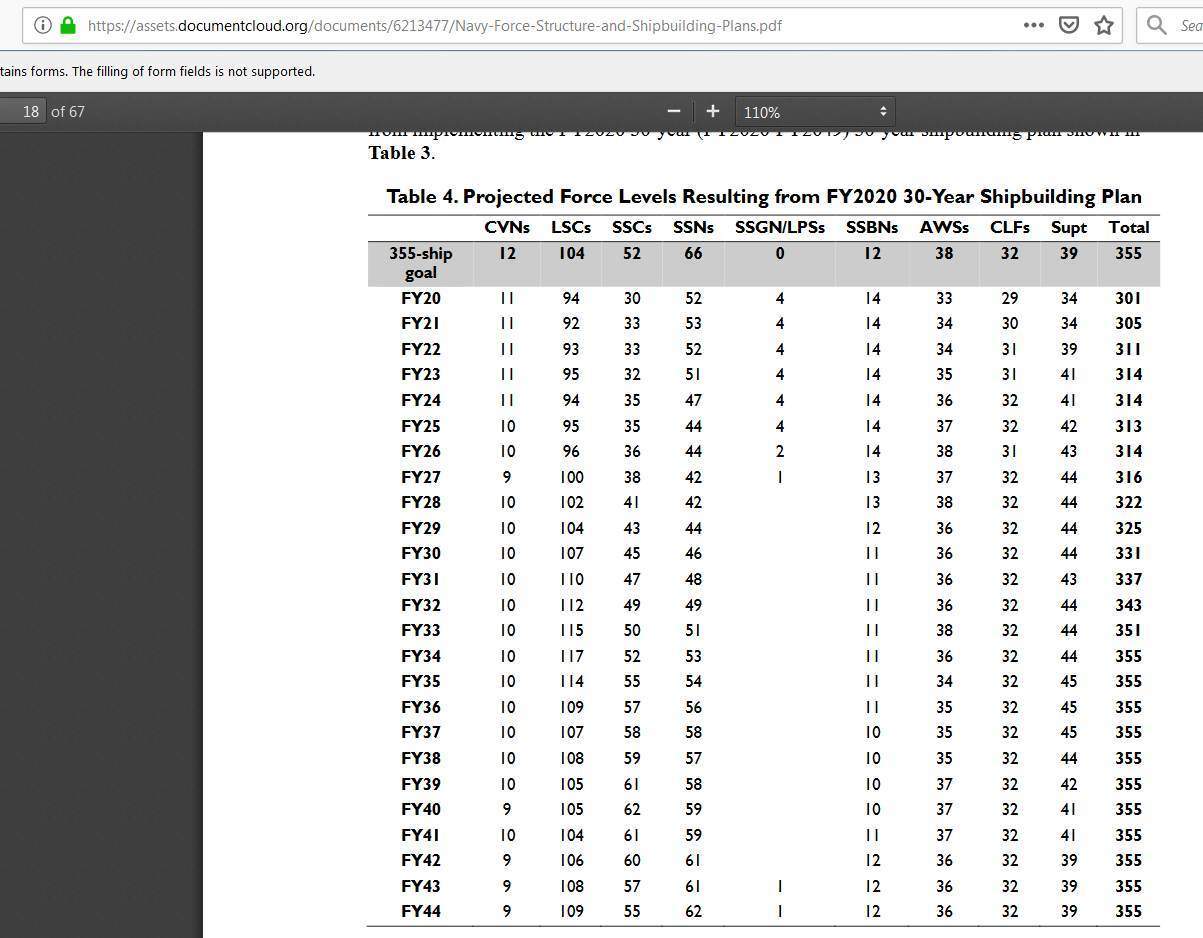Andy I'm curious if you still uphold your prediction from two years ago of like one-hundred Chinese destroyers in service?
Yes
3 aegis destroyers per year with a 35 year lifespan means 100 in a steady state fleet. The key drivers are:
A. That is simply parity with the US navy in terms of construction rate and overall fleet size.
B. Offensive missiles are better off carried and launched from destroyers rather than by aircraft from carriers.
C. China can afford such a fleet from a financial perspective. Also, the shipyards recently cranked up to 6 destroyers per year. Heck, the Chinese navy and economy likely could sustain 6 per year indefinitely. That would imply a fleet of 200 destroyers in total.
So 100 Chinese destroyers does not seem like a stretch

